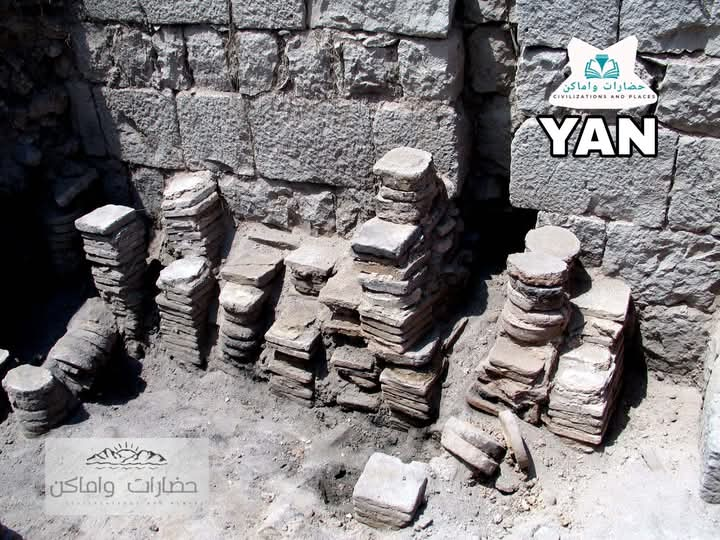
Roman Bath at Tell al-Ash’ari
The Roman bath in Tell al-Ash’ari was first discovered in 2005 by a national archaeological mission. It comprises several rooms and halls.

The Roman bath in Tell al-Ash’ari was first discovered in 2005 by a national archaeological mission. It comprises several rooms and halls.
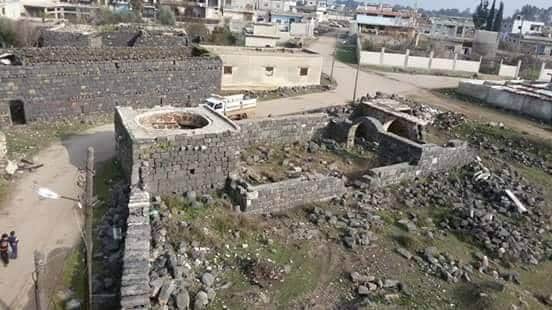
Located in the center of the town, it is colloquially referred to as “al-Watiyah” or “Dassa,” meaning the footprint of Prophet Job. A spring flows there, and according to legend,
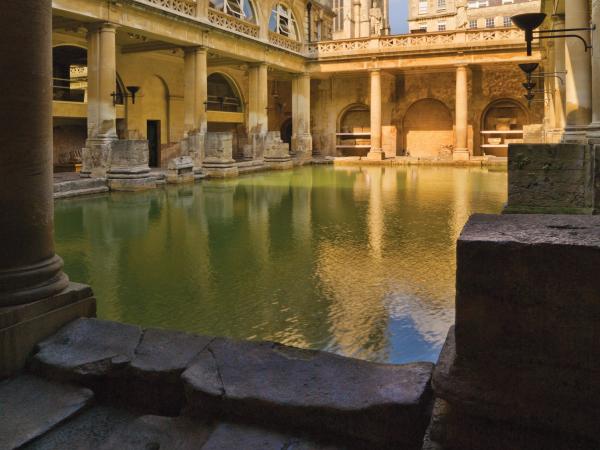
Throughout history, the Roman baths in the Daraa Governorate have served multiple purposes—social, economic, and commercial—while also functioning as spaces for bathing and leisure.
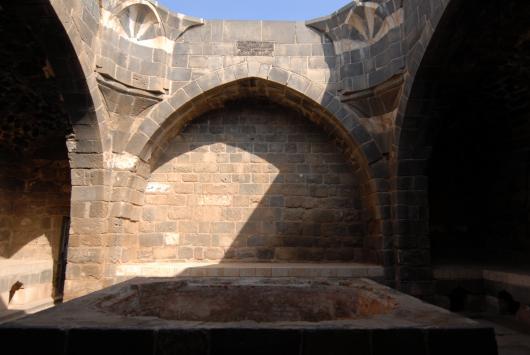
The Roman Baths of Bosra are among the most remarkable Roman bathhouses in Syria. Constructed from black basalt stone, the complex includes several chambers, the largest of which features an
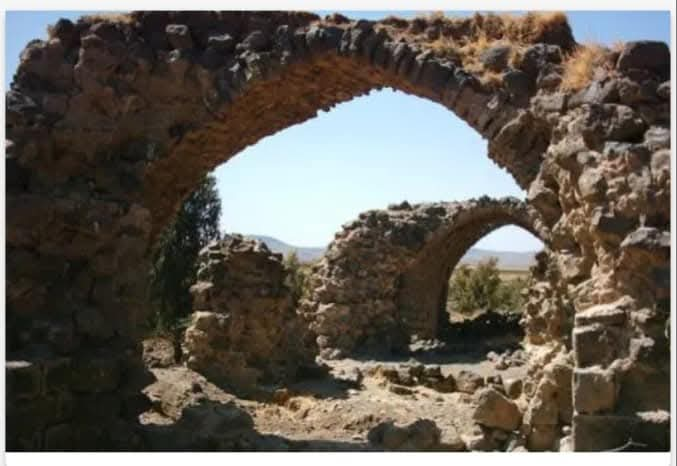
Khan al-Hallabat is located on an open plain near Wadi al-‘Allan and historically served as a rest stop for caravans and travelers. Its strategic location provided shelter and resources along
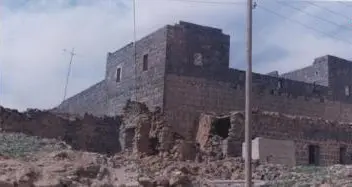
Deir al-Bakht Castle is one of the few remaining fortresses in the Hauran region, notable for its unique construction directly on flat ground—unlike most castles, which are typically built on
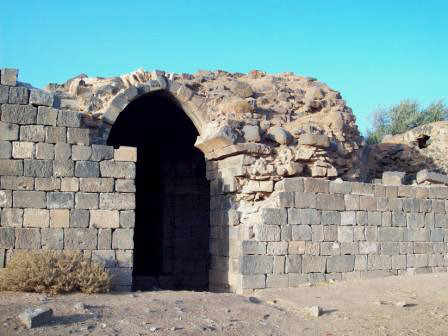
Al-Muzayrib Citadel was built by the Ottoman official Sanjak-Bey Birqdar to protect the waters of Lake Muzayrib, which served as a vital reservoir for Hajj caravans. The fortress has a
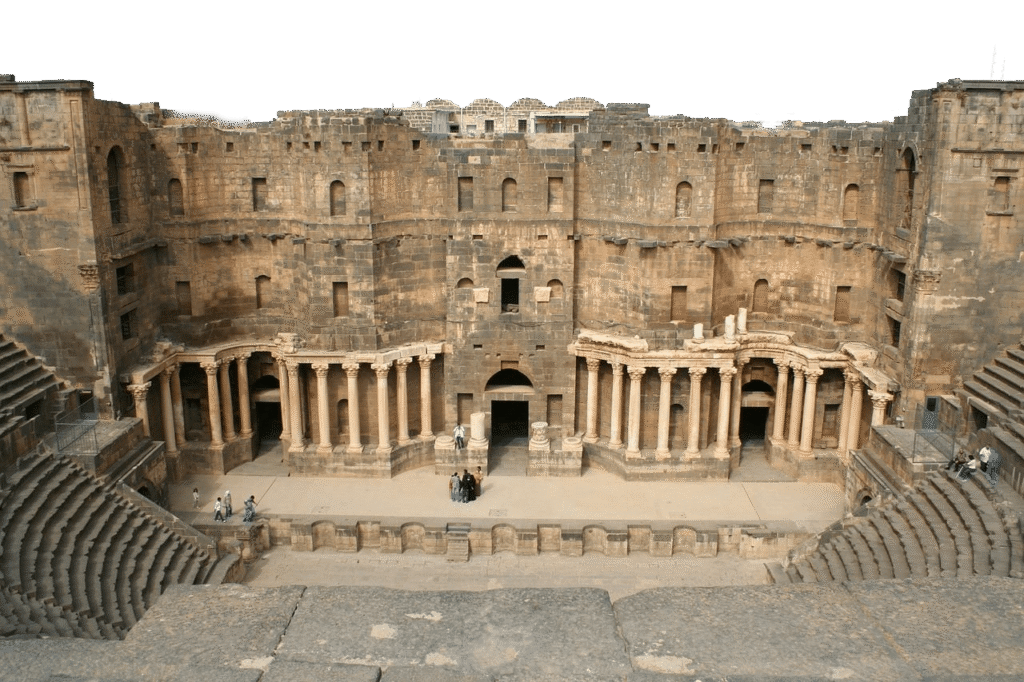
Bosra Citadel is considered one of the most significant fortresses in the Middle East. Originally constructed as a Roman amphitheater in the 2nd century AD, it was later transformed into
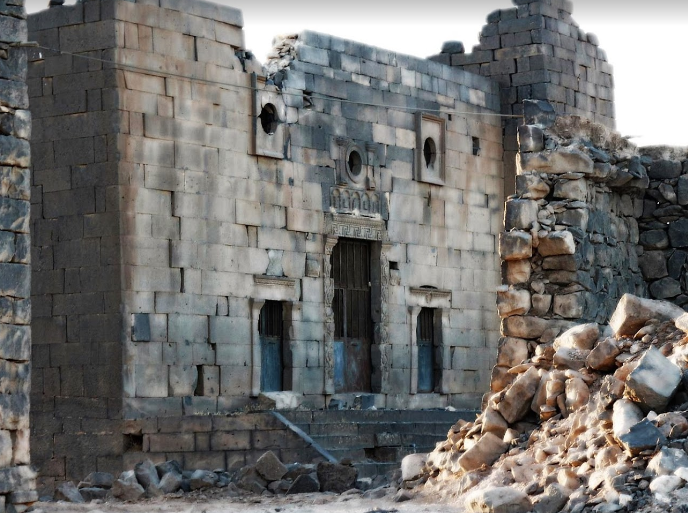
It is considered one of the most significant architectural landmarks in the province of Daraa and is believed to date back to the Nabataean era. It features a depiction of
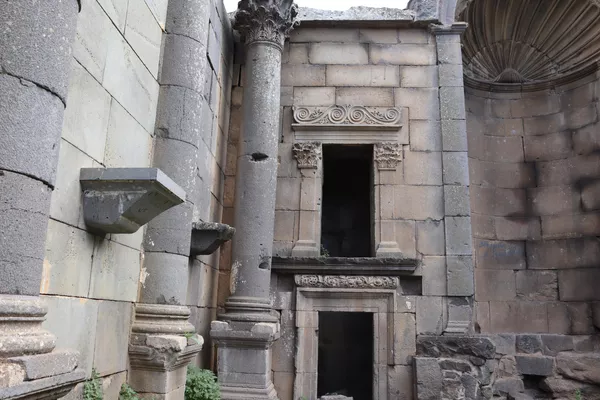
A small shrine built in 191 AD, dedicated to the goddess Tyche (the goddess of fortune), featuring a Corinthian facade set upon three stone courses. It was converted during the

جميع الحقوق محفوظة لصالح JCI Aleppo
All rights reversed to JCI Aleppo